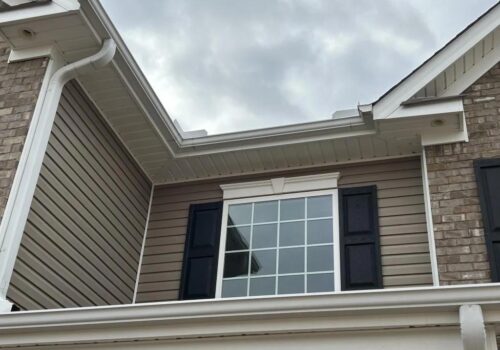Introduction
A healthy roof is essential for any homeowner. It not only protects the house from external elements but also adds to its overall aesthetic appeal. One common type of roofing material is tiles, which are durable and long-lasting. However, like any other roof, tile roofs require regular maintenance and repair to ensure their longevity. In this article, we will discuss the importance of tile roof repair, common issues faced by tile roofs, and how to identify signs of roof damage.
Signs of Roof Damage
1. Leaks or water stains on the ceiling: One of the most obvious signs of roof damage is the presence of leaks or water stains on the ceiling. If you notice discolored areas or water dripping from the ceiling during rainfall, it is a clear indication of a damaged roof.
2. Loose or missing tiles: Tiles can become loose or even go missing due to various factors such as strong winds or improper installation. If you see tiles that are not securely in place or find empty spots where tiles should be, it is important to address the issue promptly before further damage occurs.
3. Cracked or chipped tiles: Over time, tiles can develop cracks or chips due to exposure to extreme weather conditions. These damaged tiles not only compromise the structural integrity of the roof but also affect its visual appeal.
4. Build-up of debris or moss on the roof: Another sign of roof damage is the accumulation of debris, such as leaves and branches, or the growth of moss on the tiles. This build-up can trap moisture and lead to deterioration of the tiles, causing long-term damage.
Preparation for Tile Roof Repair
Before attempting any tile roof repair, it is crucial to take the necessary safety precautions. Working on a roof can be dangerous, so make sure to use appropriate safety equipment such as a harness and non-slip shoes. Additionally, assess the extent of the damage by thoroughly inspecting the roof and identifying the areas that require attention. Finally, gather all the necessary tools and materials for the repair process, including replacement tiles, roof sealant, mortar, and cleaning supplies.
Repairing Loose or Missing Tiles
To repair loose or missing tiles, start by carefully removing the adjacent tiles using a pry bar or flathead screwdriver. Be cautious not to damage neighboring tiles in the process. Once the adjacent tiles are removed, replace the damaged tile with a new one that matches the existing ones. Apply a layer of mortar or roof sealant to secure the tile in place, ensuring proper adhesion.
Fixing Cracked or Chipped Tiles
To fix cracked or chipped tiles, begin by cleaning the damaged area using a brush or broom to remove any loose debris or dirt. Apply roof sealant or mortar to the cracks or chips using a putty knife or trowel. Make sure to fill in the gaps completely and smooth out the repaired area for a seamless look.
Dealing with Leaks and Water Damage
If you experience leaks or water damage, it is important to identify the source of the leak first. This might require some detective work, such as checking the attic or inspecting the area after rainfall. Once you locate the source, repair the damaged area by replacing the tiles, sealing any gaps, or applying waterproofing solutions. This will help prevent further leaks and water damage.
Preventive Maintenance for Tile Roofs
To ensure the longevity of your tile roof, regular inspection and cleaning are necessary. Conduct a visual inspection at least once a year, and after extreme weather events, to identify any potential damage. Clear debris and moss from the roof to prevent water pooling and tile deterioration. Additionally, consider applying roof coatings or sealants to provide an additional layer of protection against weathering and water infiltration.
Hiring Professionals for Complex Repairs
While some tile roof repairs can be done as DIY projects, complex repairs and major damage should be left to professionals. It is crucial to seek professional help in cases where the damage is extensive or beyond your expertise. Research and hire a reputable roofing contractor who specializes in tile roofs. Ensure that they provide proper warranties and cost estimates before embarking on any repair work.
Conclusion
Maintaining a healthy tile roof is crucial for the overall well-being and longevity of your home. Regular inspection, immediate repair of any damage, and preventive maintenance are key to avoiding costly repairs down the line. By following the tips mentioned in this article, you can ensure that your tile roof remains in optimal condition, protecting your home for years to come.





Comments: